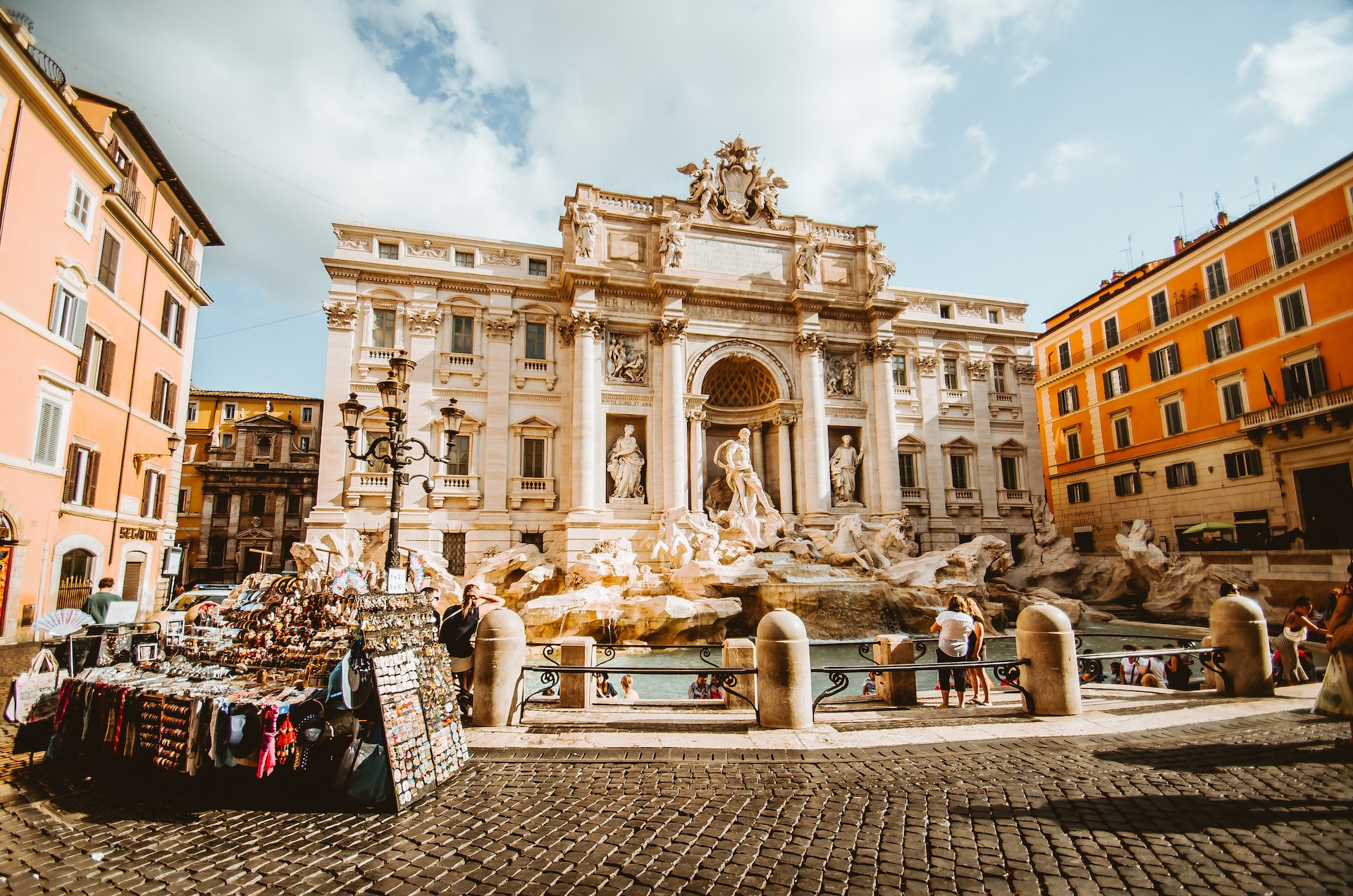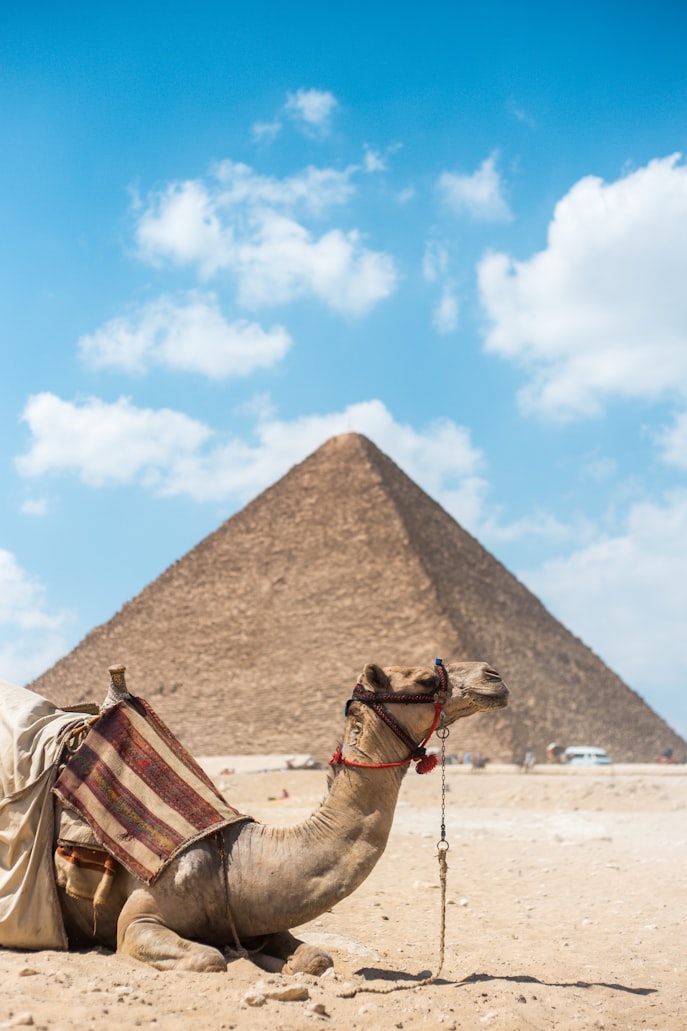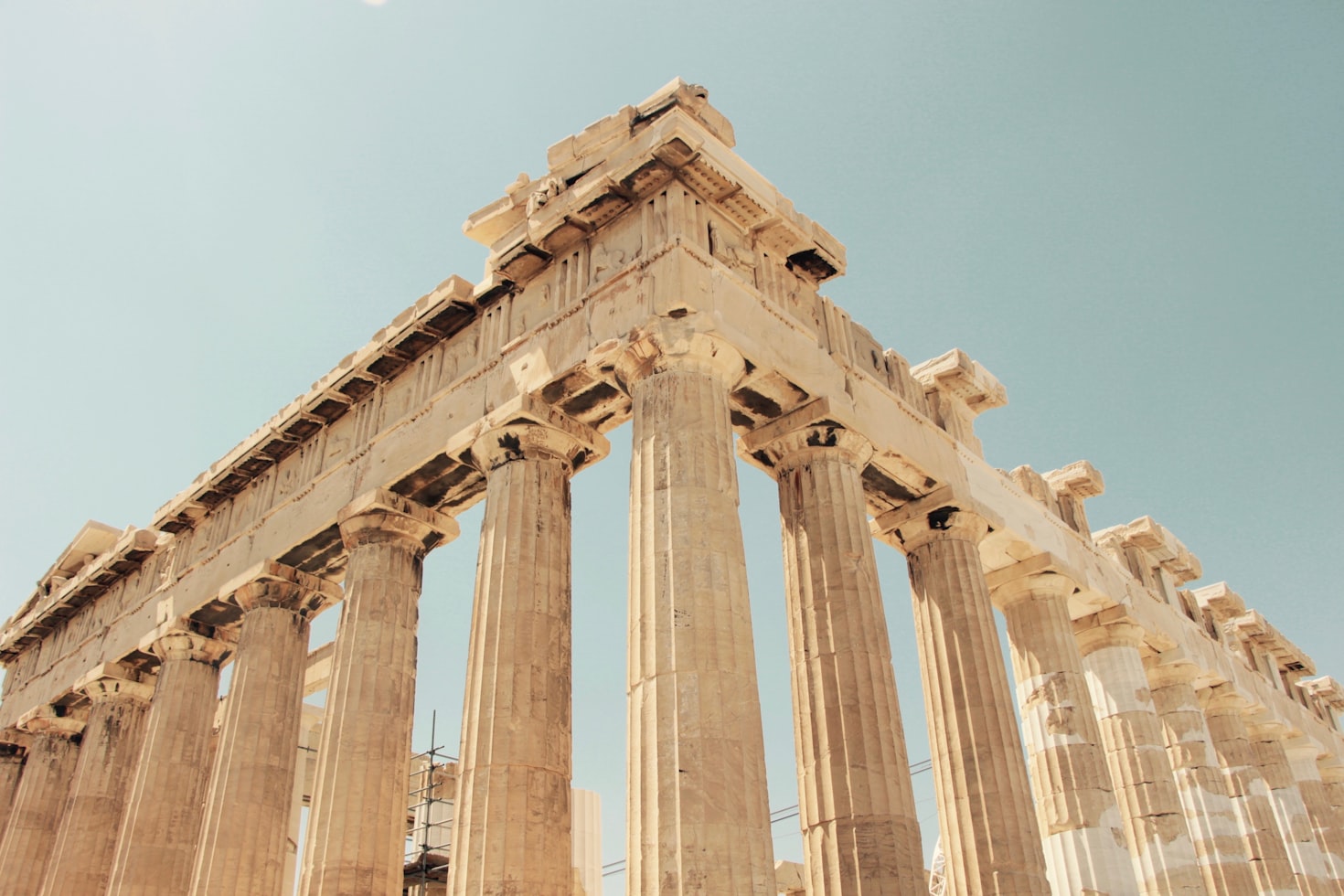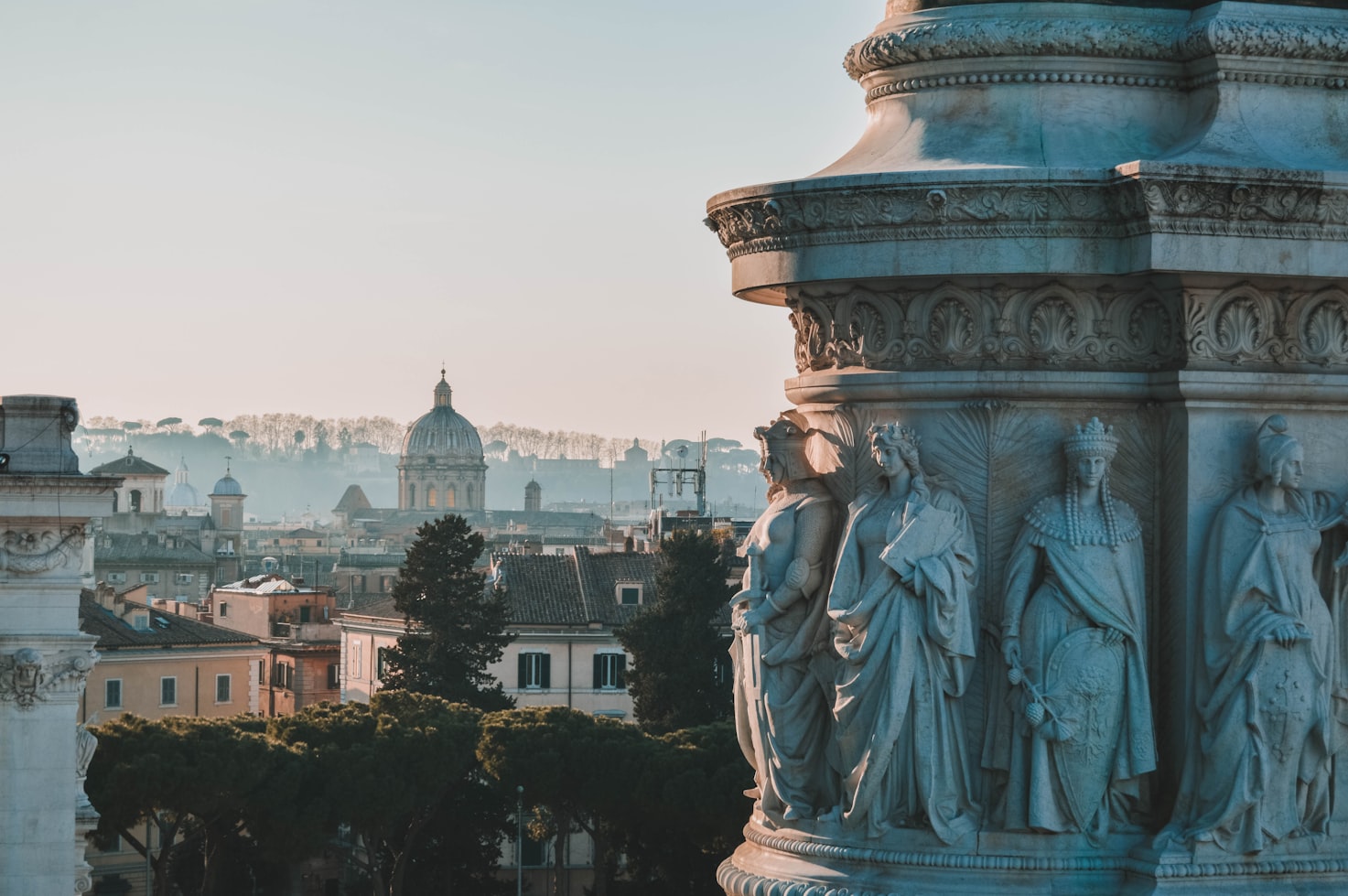Exploring the World’s Ancient Ruins and Archaeological Sites: From the Pyramids of Egypt to the Temples of Greece

Ancient ruins and archaeological sites are a testament to the rich history and cultural heritage of humanity. They offer a glimpse into the past and provide valuable insights into the societies and civilizations that existed long ago. From the pyramids of Egypt to the temples of Greece, ancient ruins and archaeological sites around the world are invaluable resources for understanding our shared human history.
Egypt
Perhaps one of the most well-known ancient civilizations, Egypt is home to a wide variety of ancient ruins and archaeological sites. The most famous of these is the pyramids of Giza, including the Great Pyramid, the only surviving ancient wonder of the world. The pyramids were built as tombs for the pharaohs and their consorts, and they remain one of the most enduring symbols of ancient Egyptian civilization.
Another important ancient site in Egypt is the temple complex of Luxor, which includes the Temple of Amun and the Temple of Hatshepsut. These temples were built during the New Kingdom period of Egyptian history, and they offer a glimpse into the religious practices and beliefs of the ancient Egyptians.
Mesopotamia
Mesopotamia, located in the eastern Mediterranean region, is considered the birthplace of civilization. The ancient cities of Mesopotamia such as Ur, Uruk and Babylon are considered some of the most important archaeological sites in the world. The ancient city of Ur, located in what is now modern-day Iraq, is famous for its ziggurat, a massive stepped pyramid that served as a temple to the moon god Nanna.
The ancient city of Uruk, also located in modern-day Iraq, was one of the largest cities of the ancient world, and it was the capital of the Sumerian empire. The city was home to the famous Uruk Vase, a Sumerian artifact that is considered one of the most important surviving examples of Sumerian art.
Greece
The ancient Greeks left a rich cultural legacy that can still be seen in the many ruins and archaeological sites that dot the country. The most famous of these is the Acropolis in Athens, which includes the famous Parthenon temple, dedicated to the goddess Athena. The Acropolis offers a glimpse into the religious and cultural practices of the ancient Greeks, and it is considered one of the most important archaeological sites in the world.
Another important ancient site in Greece is the Sanctuary of Apollo at Delphi. This site was considered one of the most important religious centers of ancient Greece, and it was home to the famous Oracle of Delphi. The Oracle was a priestess who, it was believed, could communicate with the gods and offer guidance to those who sought it.
Rome
Ancient Rome, one of the most powerful empires of the ancient world, left behind an impressive array of ruins and archaeological sites. The most famous of these is the Colosseum, a massive amphitheater that was used for gladiatorial contests and public spectacles. The Colosseum is one of the most iconic symbols of ancient Rome, and it offers a glimpse into the political and social practices of the Roman Empire.
Another important ancient site in Rome is the Forum Romanum, the political and social center of ancient Rome. The Forum Romanum was home to many important public buildings, including the Temple of Saturn and the Temple of Vesta. The Forum Romanum offers an insight into the political and social practices of the Roman Republic and Empire.
Ancient ruins and archaeological sites are invaluable resources for understanding the rich history and cultural heritage of humanity. From the pyramids of Egypt to the temples of Greece, these ruins offer a glimpse into the past and provide valuable insights into the societies and civilizations that existed long ago.








